Contribute
| India Vedic Period (2000BCE-700BCE) – Economy And Politics |
Hardik Dixit
03/11/2021
India Vedic Period (2000BCE-700BCE) – Economy and Politics The economy of the Vedic Period was based on agriculture, manufacturing and services. Labor was classified by the varna system, defined by these professions into four classes: BrÄhmaṇa (priests), vaiÅ›ya (tradesmen), ká¹£atriya (warriors) and Å›udra (menials). viÅ› is a root word that is used widely in the Atharva Veda (see Track 2 above) for all classes of workers: traders, merchants, agriculturists, homebuilders and artisans. The framework for Vedic workers was governed by four facets – dharma (religious values and righteousness), artha (wealth creation and management), kÄma (social living and family life) and moká¹£a (release from obligations); each facet was supposed to be lived to the fullest potential. Agriculture was the primary source of economic prosperity. The Ṛgveda advises use of agriculture as the best means of gaining wealth. The Brahmanas text (see Track 2) refers to four stages of production: tilling the land (kará¹£aṇa), sowing of seeds (vapana), harvesting the crop (lavana), and threshing (mardana). It also describes four types of irrigated water - rain water (divyÄḥ), well water (khanirtimÄ), natural water (svayaṃjÄḥ) and water from those rives which are mixed with the sea (samudrÄrthÄḥ). Agricultural products were used to barter in trading, along with cows, horses, gold and other metals (copper, tin, mercury, lead, zinc, bronze). The Jhukar culture excavated in in Sindh, and the Cemetry-H culture in Punjab and the Doab region points to a continuation of the late Harappan phase. Doab excavations have identified Ochre colored Pottery (OCP), and Black and Red Ware (BRW) pottery (Figure 1). Manufacturing products on small as well as large scales propelled economic activity – these products included household utensils, transport vehicles, weapons and jewelry. Processing of dairy and herbal products (for example, making ghee or herbal medicines) was popular. One specific class of merchants is noted as Pani in Vedic literature. The Rgveda mentions Samudra, and describes Varuna’s knowledge of the ocean routes, reflecting maritime activity in the region. Figure 1. Black and Red Ware household utensil (reference 3) Figure 2. Copper hoards during the Vedic Period Figure 3. Depiction of weapon and tools of the Vedic period A good amount of copper was in use, as was some iron, in later time of vedic period. Excavations in the eastern region have revealed microliths and wheels made of pottery and iron slag. Other excavations around the country (Figure 2) have yielded a hoard of copper tools (Figure 3). Performance of the Vedic rituals also gave rise to a massive service industry that included carpenters, potters, craftsmen, weavers, cobblers, singers and wise men. The societies consisted of tribes (jana) and lived on mutual support. The tribes were divided into clans and families (kula) with a Kulapati as the head of each clan. Individual villages were governed by a grÄmasabhÄ and a grÄmasamiti. The grÄmaṇī served as a village officer, ensuring law and order within the village. Joint families and collective welfare were emphasized. Physicians provided health services, and education was given prime importance. The student (brahmacÄrÄ«) was initiated for his studies by a teacher (Guru) and then stayed with the teacher in residence at the Gurukulam (Figure 3). Students offered services in all daily activities on campus. Politics and administration of the kingdom were focused heavily on Vedic rituals. Kings relied on the wisdom of their councilors for making decisions. Priests and governing officers (senÄnÄ«) were of prime importance and advised the king. A grassroot folk assembly samiti elected the King, and a subgroup sabhÄ managed judicial functions. Judicial decisions were taken within the framework of dharma as the moral compass. A substantial region continued to maintain the old matriarchal hierarchy of family structure. Figure 5. Map showing the spread of the Vedic society, from the Saptasindhu to the Gangetic plains (Wikipedia). The Vedic framework flourished on gaining wealth within the framework of dharma (morality), the focus being on collective good: individual power and prosperity was achieved within this framework. Kings were able statesmen, who governed with advice from their Council as well as from the Assembly, with dharma as their high ideal. REFERENCES: 1. The Cultural Heritage of India, Volume II 2. RigVeda, YajurVeda, AtharvaVeda 3. A History of Ancient and Early Medieval India Mr. Hardik Dixit leads the Economy and Politics track in India Discovery Center's project on "Evolution of Indian Culture: Pre-history to 1947AD". More information and updates on the project are available at: Information on India Discovery Center is at https://www.indiadiscoverycenter.org (c) Copyright 2021 India Discovery Center, Inc. All rights reserved.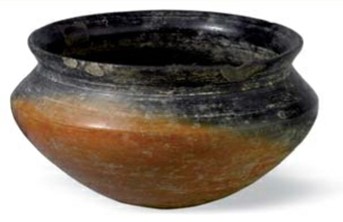
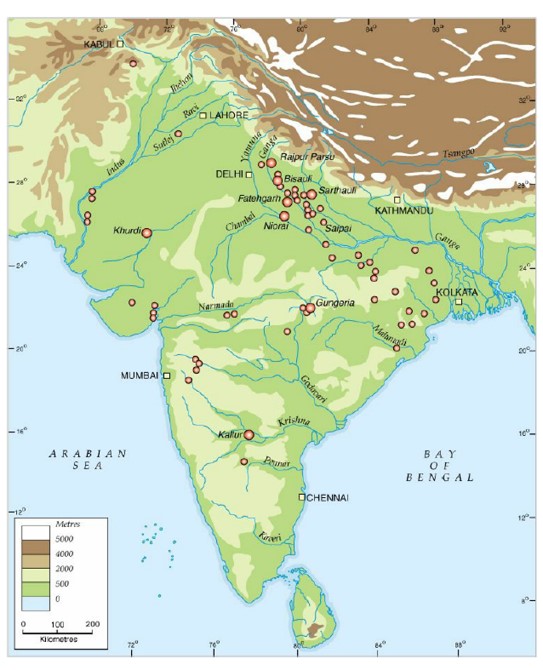
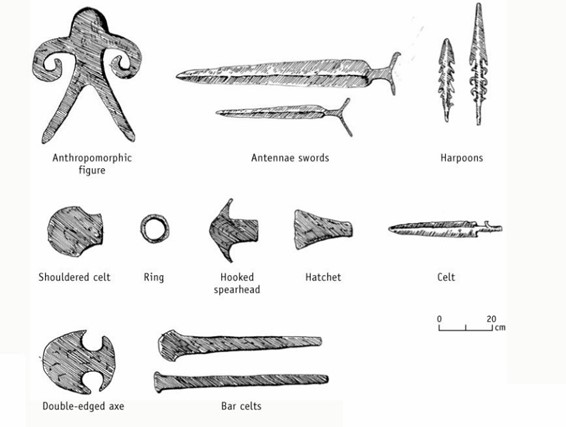
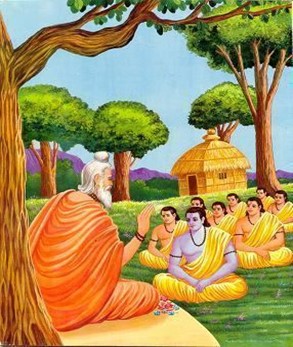
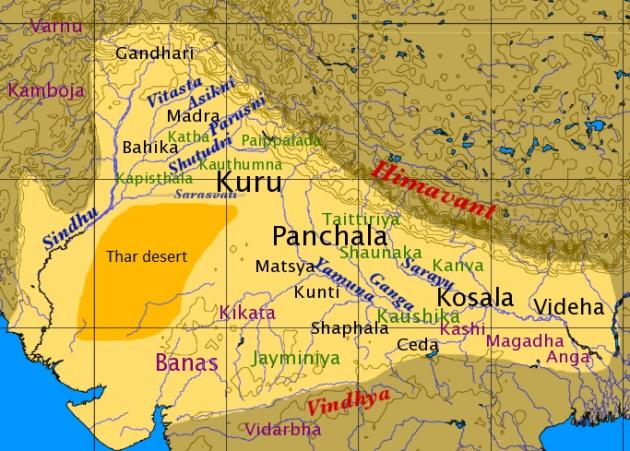
____________________________________
https://www.facebook.com/Evolution-of-Indian-Culture-An-IDC-Project-107749391111922
You may also access this article through our web-site http://www.lokvani.com/





